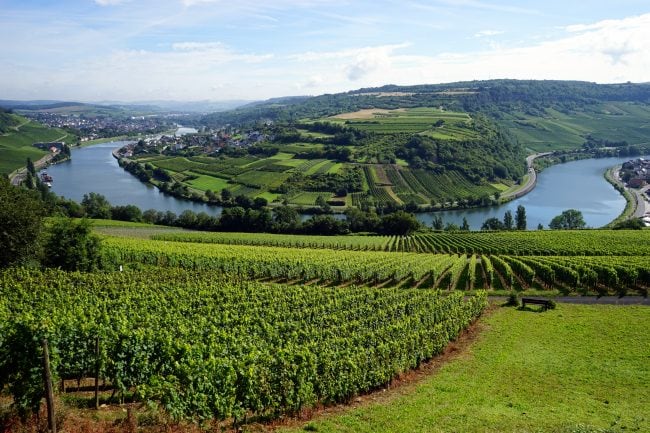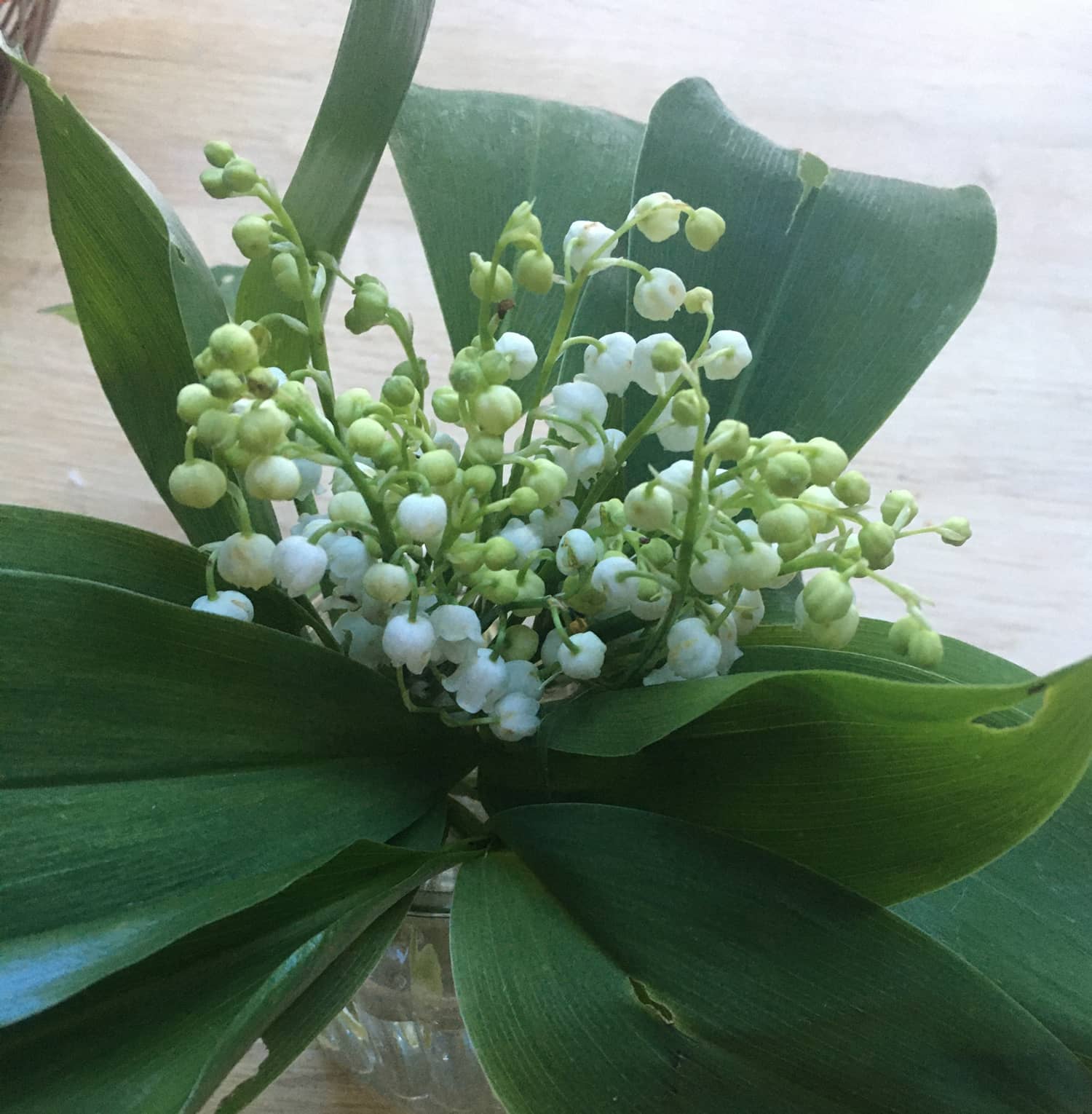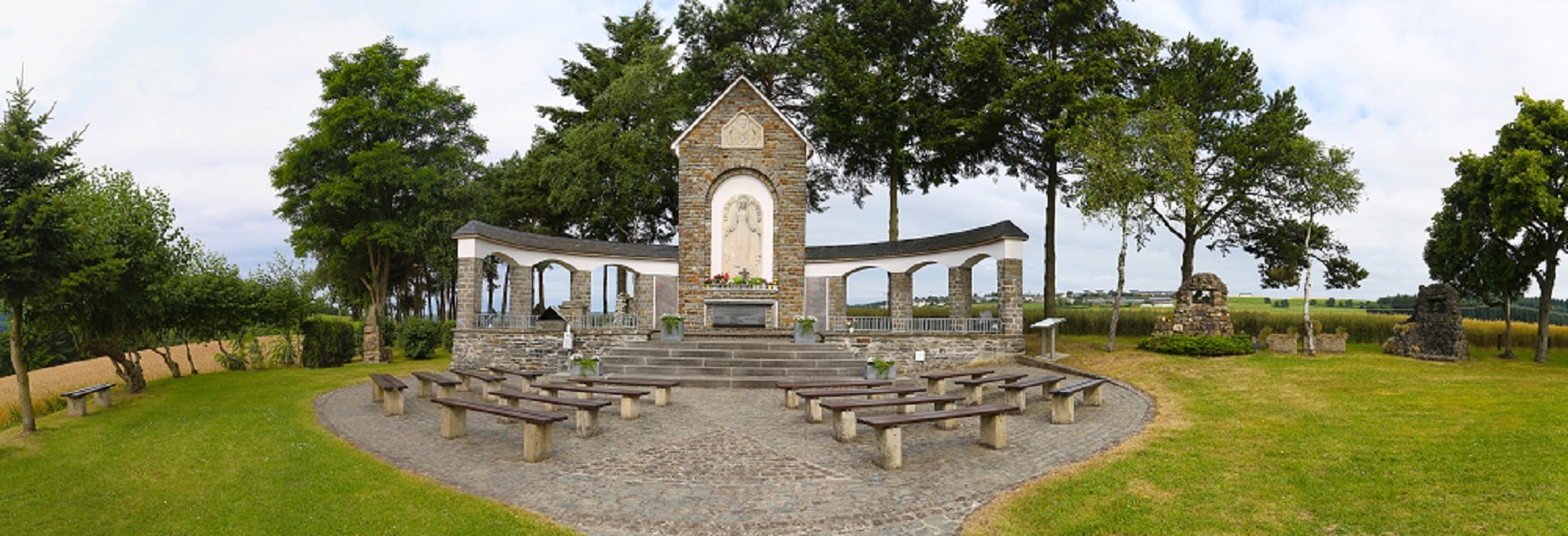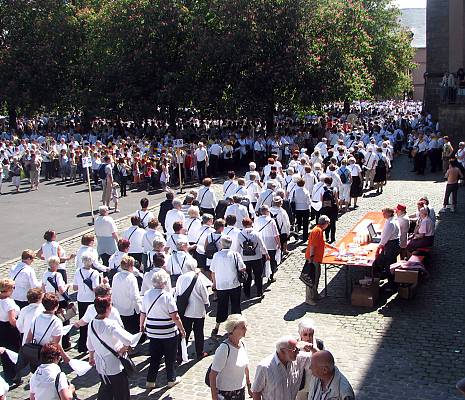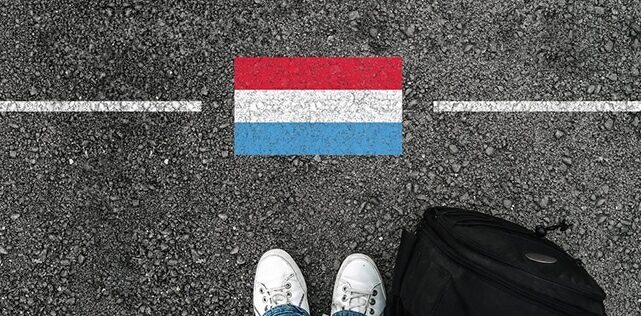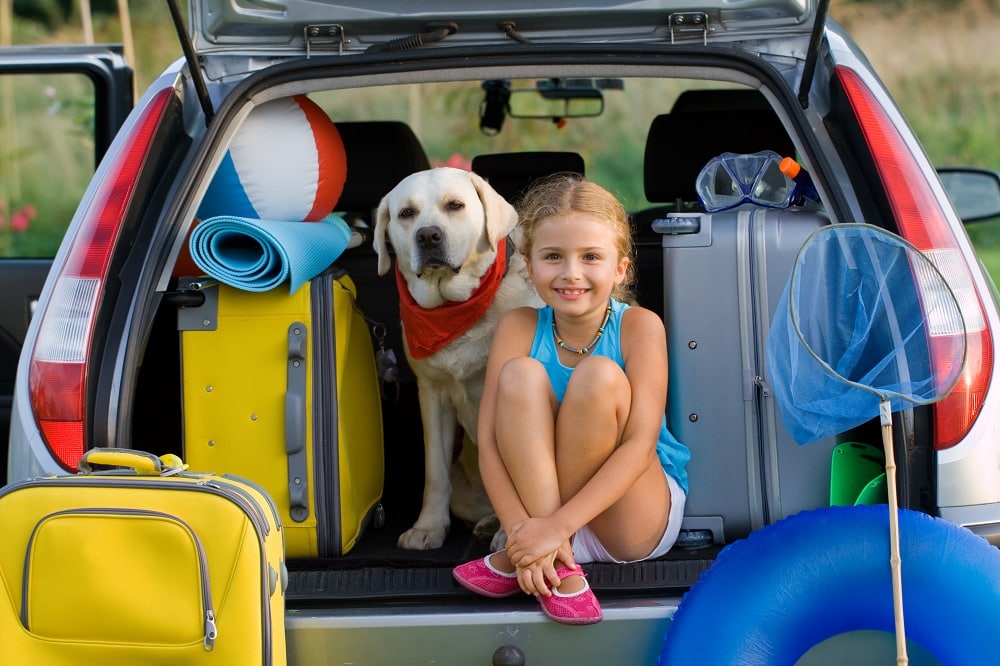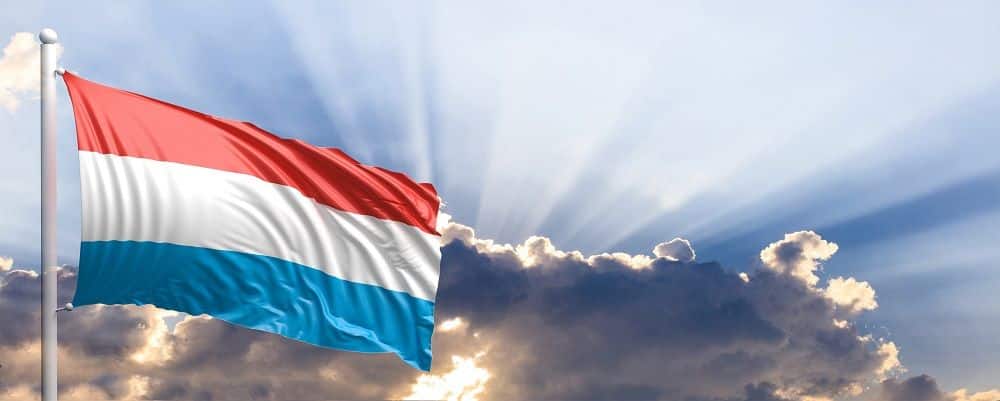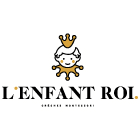Luxembourg, a small country in Western Europe
Luxembourg, a 3-border country at the heart of the Greater Region
Located in the center of Western Europe, Luxembourg is the "country of 3 borders". It shares borders with Belgium to the northwest (148 km),Germany to the east (135 km) and France to the south (73 km). All towns and villages are less than 30 km from a border.
Together, they form the Greater Region. It comprises the Grand Duchy of Luxembourg, the regions of Saarland and Rhineland-Palatinate in Germany, Lorraine in France and Wallonia, the Wallonia-Brussels federation and the German-speaking community of Belgium. The Greater Region has a population of 11?8 million and a GDP of over 400 billion euros.
Nearly 270,000 people cross borders every day to work in a neighboring country. Luxembourg alone is home to more than 215,000 cross-border commuters.
A harmonious blend of very different landscapes in Luxembourg
Luxembourg is easy to visit over several weekends. The country stretches 82 km from north to south and 58 km from east to west.
The country has a moderate altitude. The highest point, the Kneiff coast, lies at 560 meters above sea level in the north of the country at Wilwerdange.
With a surface area of just 2,582 m², Luxembourg offers a varied landscape of plains and forests, lakes and rivers. The vast green spaces are untouched, showcased in magnificent nature parks. Lovers of the great outdoors will appreciate its varied flora and fauna.
Looking for nature? Luxembourg is the ideal destination
Luxembourg boasts picturesque landscapes along the Moselle and Sûre valleys, in the heart of its flagship region, the Müllerthal, also known as Luxembourg's Little Switzerland. It's a paradise for hikers and bikers, with numerous cycling routes.
Luxembourg is divided into 2 main regions: Oesling in the north and Guttland in the center/south.
Oesling or Eisleck, north of Luxembourg, in the Ardennes massif
In the north of the country, Luxembourg's landscapes are very green, with numerous forests and narrow, steep-sided valleys, lakes and rivers. The region is predominantly rural and agricultural.
The region boasts some magnificent nature parks, including the Parc de la Haute-Sûre and the Parc Naturel de l'Our. The region's Lac de la Haute-Sûre is Luxembourg's largest water reservoir. It also supplies 70% of the country's drinking water. The Parc Naturel de l'Our is also worth a visit.
The most important towns in the north of the country are : Diekirch, Vianden, Clervaux, Trois-Vierges, Wiltz, Ettelbrück and Redange-sur-Attert.
The Ardennes plateau with the Wiltz basin features numerous forests and contrasting landscapes.
The climate is rather harsh in this part of the Ardennes massif. The Trois-Vierges plateau in northern Luxembourg is the coldest and rainiest region in the country. There is plenty of arable land.
The Guttland or "good country", center of Luxembourg
Most of Luxembourg's population lives in the Centre region. This is the region around the capital Luxembourg.
The Guttland stretches across the center and west of the country, making up 68% of Luxembourg's territory. In addition to villages, there are restored farms and castles surrounded by meadows, fields and forests, forming a green belt around Luxembourg City.
You can visit the Valley of the Seven Castles, as well as Gallo-Roman sites in Dalheim and the Moselle Valley.
The Luxembourg Sandstone plateau
This region is the most important in the Guttland. It is home to some of Luxembourg's finest forests. There are also wide valleys, mainly devoted to agriculture.
The Müllerthal or Luxembourg's Little Switzerland
The Müllerthal region is very popular with trekking enthusiasts. Here you can enjoy magnificent hikes through a picturesque landscape of eroded rock. The valleys are narrow and steep, dotted with deep-rooted trees. The main town is Echternach.
The Luxembourg Moselle
The Moselle region in the south-east of the country offers some very pretty scenery. The roads wind between the Moselle Valley and Luxembourg's vineyards. You can also take short cruises on the Moselle, the border between Luxembourg and Germany. The main towns are Grevenmacher on the German border and Remich in the southern part. The Moselle Valley is a wine and crémant-producing region.
The Terres Rouges in southern Luxembourg
The Terres Rouges region in southwestern Luxembourg is named after the presence of iron ore. This iron-ore past ensured Luxembourg's wealth from the 2nd half of the 19th century until around 1980. These sites are well worth a visit, as they bear witness to the country's mining history. The main towns to the south are Esch-sur-Alzette with the Belval cluster, Differdange and Dudelange.
Today, this part of the country is becoming a high-tech center, while at the same time ensuring the conversion of industrial sites into modern urban landscapes. Numerous companies have set up shop here, as have the country's university and largest concert hall.
Interested in visiting Luxembourg? We'll tell you more here.
Luxembourg's river network
Luxembourg is drained by numerous rivers. The regions are rather humid. The 4 most important rivers are the Moselle, Sûre, Our and Alzette.
All Luxembourg's rivers are part of the Rhine basin, via the Moselle, one of its main tributaries. The Moselle marks the border with Germany and flows into the Rhine at Koblenz.
The Pétrusse Valley in Luxembourg is currently being redeveloped. The river flows into the Alzette, creating an attractive promenade for residents.
Luxembourg's semi-continental climate
Luxembourg's climate is semi-continental, with oceanic influences. The climate oscillates between more or less marked seasonal variations, with precipitation throughout the year.
Mixed winters in Luxembourg from year to year
Winters can be harsh in Luxembourg, or mild and rainy. Average temperatures range from 0° to 5°C. Snowfalls can be frequent, especially in the north of the country. Frost is common, especially at night, and the thermometer can dip to minus 10°C. Depending on the year, the snow can be quite deep, up to ten centimeters, as can black ice on the roads. Find out more about winter regulations.
Spring colors and fragrances
Early spring brings a long-awaited phenomenon to Luxembourg: the passage of the grey cranes, which head back north as temperatures gradually rise. The "March sleet" alternates between sunny spells and short but dense showers. This is the time when bulbous flowers emerge from the earth to bring color to villages and gardens: crocuses, daffodils, narcissi, tulips, etc. Colorful tableaux to delight the eye! It's time for the Springbreak or Spring Fair, and to renew your wardrobe with Fréijoershopping.
Generally warm summers in Luxembourg
Summer temperatures average between 16° and 20°C. Summertime highs can reach 30°C, with beautiful blue skies, especially in July and August. The hottest months are June, July and August.
Indian summer and autumn colors before the gray and cold
September and October can be synonymous with an Indian summer before the start of the autumn season. Trees turn red, yellow and orange before entering the gray, rainy and cold month of November. We can't wait for the Advent markets, which bring warmth, light and conviviality.
The seasons can also be rainy, with fairly gray skies. The north and south of the country experience temperature differences of 2 degrees on average.
Want to know more about the history of Luxembourg? Visit this page.
